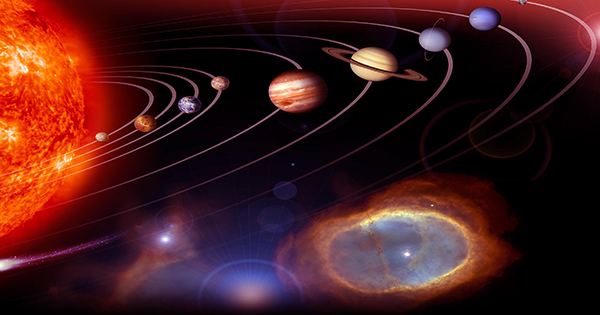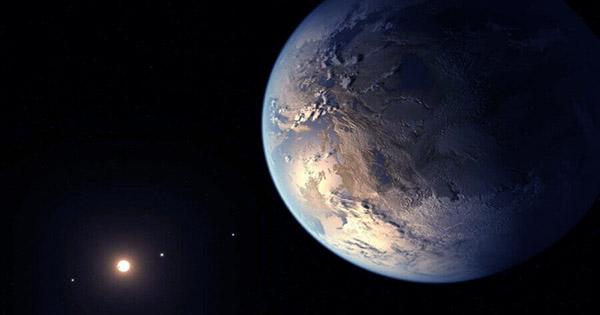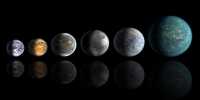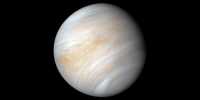According to a recent study, stars swallow at least one of their planets significantly more frequently than previously thought. However, given the new data refers to binary star systems, there is no need to be concerned that our own Sun has designs on Mercury, let alone Earth (those with two stars).
With words like “parental star,” stars and planets are sometimes referred to as though they had a familial relationship. To the extent that this is correct, it is as much a re-enactment of Roman mythology about Saturn eating his offspring as it is a representation of what we consider a family.
The fact that stars occasionally swallow planets have long been known, but a recent attempt to quantify how often this occurs, published in Nature Astronomy, and produces an alarmingly high estimate in the view of non-scientists. At the same time, astronomers are relieved by the discovery, as it addresses a riddle that had been plaguing experts in stellar composition.

The number of elements in stars that arise from the same gas cloud should be similar in theory. Despite this, many binary pairs have one metal-rich and one metal-poor star, which the study calls “one of the most astonishing inconsistencies in current stellar astrophysics.”
These stars could have formed in distinct clouds and then orbited each other afterward, but this would be far too rare to have a significant impact on the statistics.
Instead, two possibilities were considered: either model is incorrect and stars from the same cloud might begin with radically different compositions, or it is usual for a star to swallow a planet, changing its make-up in the process. The first would require us to discard a significant amount of work predicated on the premise of gas cloud homogeneity.
To tell the difference between these options Dr. Lorenzo Spina of the Osservatorio Astronomico di Padova and co-authors discovered that stars with temperatures higher than 6,500°C (the Sun’s temperature is roughly 6,000°C) keep track of the planets they swallow. Cooler stars, on the other hand, have vast convective outer layers, which mix the elements of a planet, diluting it to the point that its elements are undetectable. The addition of a planet’s worth of iron and silicon to a hotter star’s shell makes a considerable change,
The researchers evaluated the frequency of noticeably differing compositions in pairs of hot and cold stars.
They discovered that differences are far more common in hot binaries, as one would predict if planets are swallowed frequently, but not if the stars began with different elemental abundances.
They estimate that 20-35 percent of binary pairings have consumed at least one planet based on this data.
Lithium is burned quickly by young stars, but it slows down as they age. As a result, the amount of lithium in the atmosphere can help determine when the planet was devoured.















